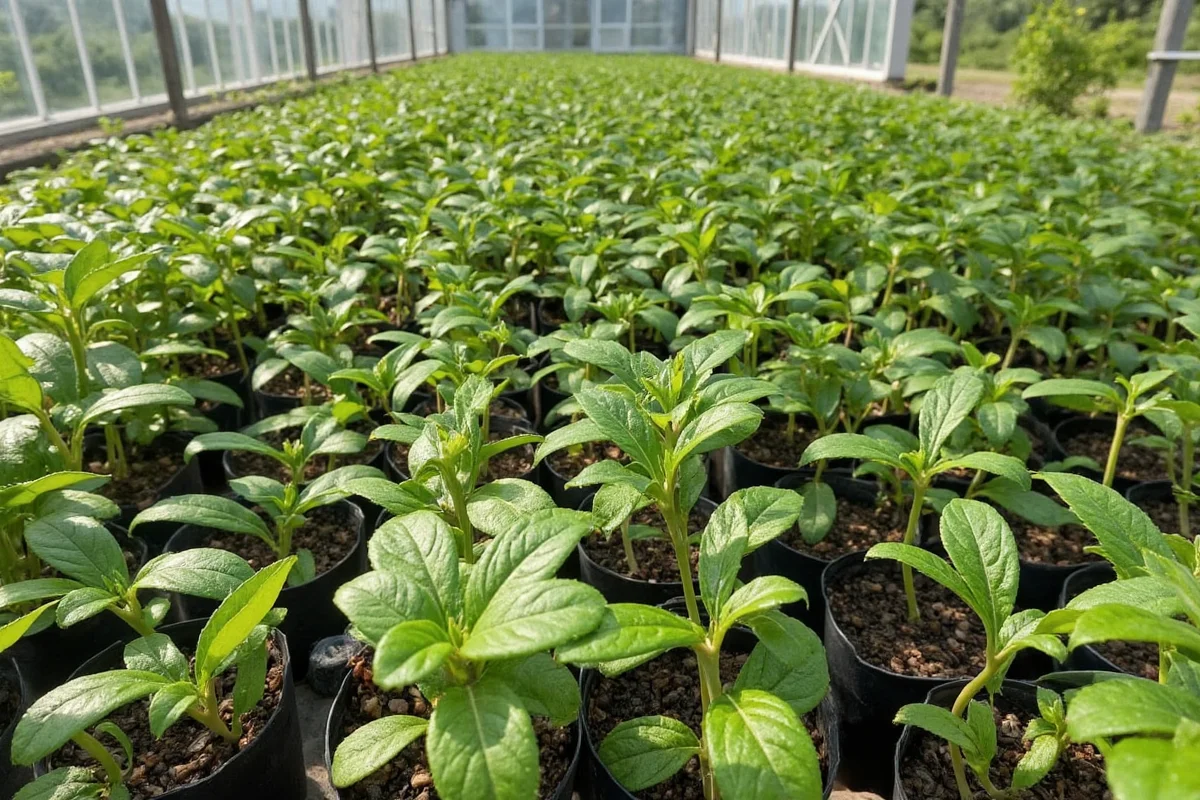Succulents are popular plants known for their vibrant colors, interesting shapes, and robust nature. They are a favorite among gardeners and plant enthusiasts because they're easy to grow both indoors and outdoors. This article will guide you on cultivating succulents, covering essential aspects such as choosing the right varieties, understanding light and water needs, soil requirements, propagation techniques, and combating common issues.
Choosing the Right Varieties
Growing succulents begins with choosing the right varieties that suit your living environment. Whether you aim to grow them indoors or outdoors, identifying the appropriate types will set the foundation for healthy plants.| Location | Recommended Succulents |
|---|---|
| Indoors |
|
| Outdoors |
|
Understanding Light and Water Needs
Succulents are known for their ability to store water, but this does not mean they require little to no care. Understanding their light and water needs is crucial in ensuring they thrive.- Light: Succulents generally prefer bright, indirect sunlight when indoors. Outdoors, they need about 6 hours of sun. Extreme heat may require additional shade.
- Water: Allow the soil to dry out between waterings. Overwatering is the most common mistake in succulent care. Water once every two weeks, adjusting based on the season and plant needs.
Soil Requirements and Potting
Proper soil mix and potting are fundamental for succulent health. Succulents require a well-draining soil mix to prevent root rot and ensure proper growth.- Soil Mix: Use a blend designed for cacti and succulents or make your own by mixing regular potting soil with sand or perlite for increased drainage.
- Containers: Choose pots with drainage holes to avoid water buildup. Terracotta pots are particularly effective due to their porous nature, promoting soil aeration.
Propagation Techniques
Succulents are popular not just for their aesthetic, but also for how easily they can be propagated. This process allows gardeners to grow new plants from cuttings, leaves, or offsets.- Leaf Cuttings: Gently twist a healthy leaf from the stem. Allow it to dry for a few days before placing it on well-draining soil. Water sparingly until roots establish.
- Offsets: Many succulents produce "babies" or offsets that can be separated and planted individually. Separate these and let them dry before planting.
- Cuttings: Cut a piece of a succulent with a sharp, clean knife. Let it dry for a few days and then plant it in soil.
Combating Common Issues
Even the most resilient succulents can encounter issues such as pests, diseases, or environmental stress. Recognizing and addressing them early can prevent significant damage.- Pests: Common pests like mealybugs and aphids can be controlled with insecticidal soap or neem oil.
- Diseases: Root rot, often caused by overwatering, requires removing damaged roots and drying out the plant.
- Environmental Stress: Too much sun can cause leaves to scorch, while too little results in stretching. Adjust their light exposure for balance.
In conclusion, growing succulents indoors and outdoors can be a rewarding experience for both novice and experienced gardeners. By understanding their unique needs, from choosing the right varieties to mastering light and water requirements, selecting appropriate soil, and learning to propagate effectively, you can enjoy these hardy plants year-round. With a bit of attention and care, succulents can transform your living space into a green, vibrant oasis.











 浙公网安备
33010002000092号
浙公网安备
33010002000092号 浙B2-20120091-4
浙B2-20120091-4